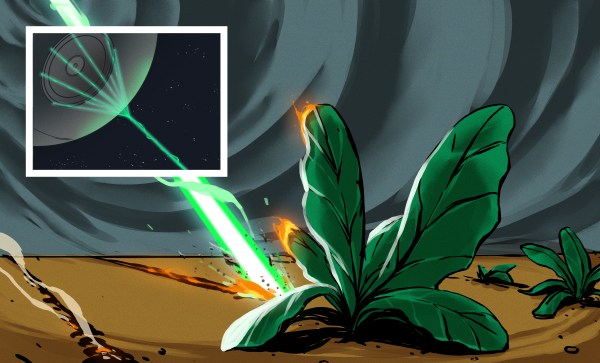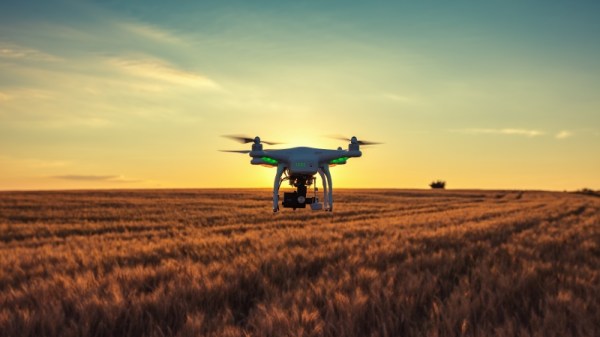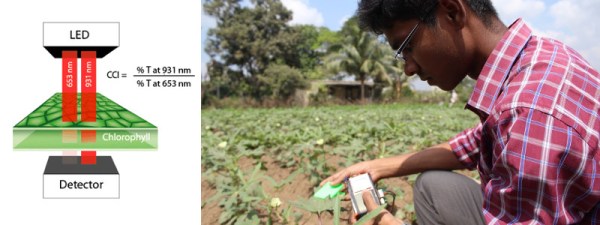Join us Wednesday at 5:00 PM Pacific time for the IoT and Agriculture Hack Chat with Akiba!
Note the different time than our usual Hack Chat slot! Akiba willi be joining us from Japan.
No matter what your feelings are about the current state of the world, you can’t escape the fact that 7.7 billion humans need to be fed every day. That means a lot of crops to grow and harvest and a lot of animals to take care of and bring to market. And like anything else, technology can make that job easier and more productive.

 To test concepts at the interface between technology and agriculture, Akiba has developed HackerFarm, a combination of homestead, hackerspace, and small farm in Japan. It’s a place where hackers with agriculture-related projects can come to test ideas and collaborate with other people trying to solve the problems of a hungry world by experimenting on an approachable scale with open-source technology.
To test concepts at the interface between technology and agriculture, Akiba has developed HackerFarm, a combination of homestead, hackerspace, and small farm in Japan. It’s a place where hackers with agriculture-related projects can come to test ideas and collaborate with other people trying to solve the problems of a hungry world by experimenting on an approachable scale with open-source technology.
Our Hack Chats are live community events in the Hackaday.io Hack Chat group messaging. This week we’ll be sitting down on Wednesday, May 15 at 5:00 PM Pacific time. If time zones have got you down, we have a handy time zone converter.
Click that speech bubble to the right, and you’ll be taken directly to the Hack Chat group on Hackaday.io. You don’t have to wait until Wednesday; join whenever you want and you can see what the community is talking about.





















